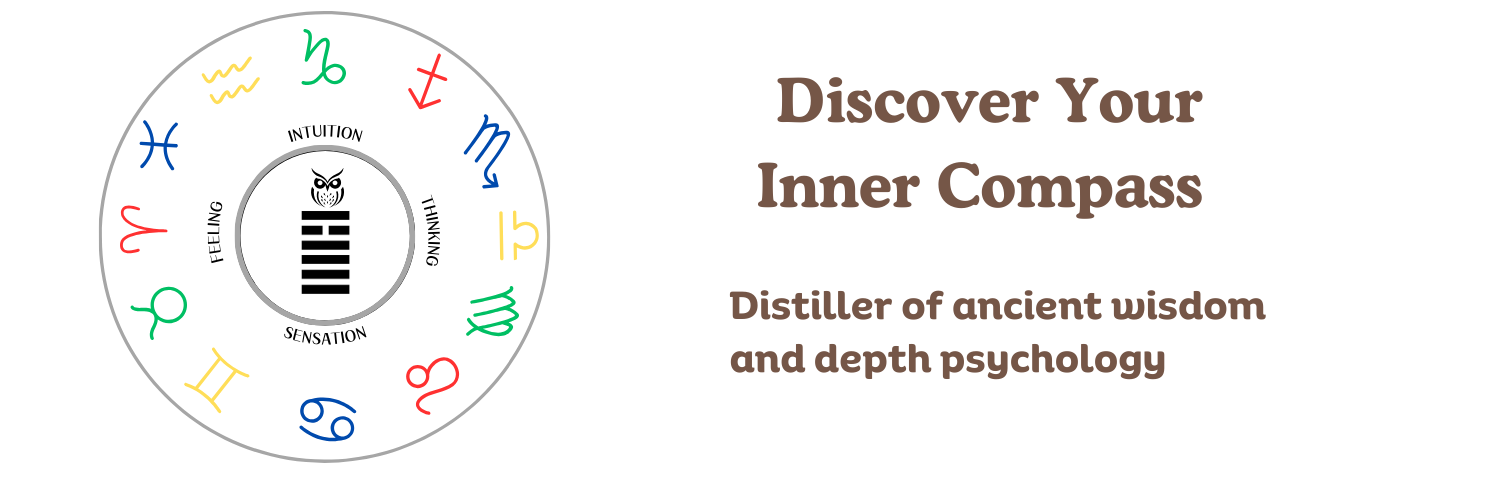When Carl Jung’s relationship with Sigmund Freud ended, it had a big impact on his life, because he had been Freud’s designated heir. He wanted to understand why they ultimately couldn’t get along and knew that his introversion was one of the factors, as was his theory of types.
To help Jung process and understand his break with Freud, he wrote the book Psychological Types in 1921. This book went far beyond just understanding relationships differences and also aided him in formulating his concept of the Self (the archetype of identity and wholeness). His type system was markedly different from the temperament theory that had been dominant for the previous 1700+ years and Jung’s system is still influential today 100 years later.
Chinese taoism had a big influence on the development of Jung’s typology. As Jung said:
The book on types yielded the insight that every judgment made by an individual is conditioned by his personality type and that every point of view is necessarily relative. This raised the question of the unity which must compensate this diversity and it led me directly to the Chinese concept of the Tao.
Memories, Dreams, Reflections by C.G. Jung, pp. 207-208
Taoism is based on opposites – yin and yang. Jung’s typology is based on the play between opposites. When we are psychologically healthy, the opposites flow in harmony with each other. If we are one-sided and imbalanced, then we are challenged to start integrating the opposite. For example, an INFJ and INTJ can ignore inferior extroverted sensation for only so long before it forces a reckoning, often through a person who has extroverted sensation as the dominant function.
Jungian analyst John Giannini wrote:
So the task faced by every person, whether extraverted or introverted, is not just to consciously understand one’s type differences and fight the resistance to moving towards opposite types, but to seek help from the Self’s depth through prayer, dream work, or spontaneous insights in order to realize a more inclusive type consciousness.
Compass of the Soul by John Giannini , p. 59
A criticism:
Giannini wrote that Jung’s Psychological Types has been a problem because it is difficult for beginners to understand and Jung never systematically developed the types as archetypes:
Because of the book’s fluid and circular style and the breadth of its demands, because of Jung’s failure to systematically identify the types as archetypes, and because of the ambiguity of his views of the role of society in human development, Jung’s Psychological Types has remained too hard to incorporate into the whole of his psychology, and is thus too easily discarded by most analysts as well as typologists.
Compass of the Soul by John Giannini, p. 473
Giannini lauds John Beebe as the only typologist who has reintegrated the archetypes into Jung’s system. That is why I am a fan of Beebe’s work (click here for my post that is an index to all my Beebe posts).
The Myers-Briggs Type Indicator was an attempt to make Jung’s typology more accessible and it certainly succeeded at that. My next post will be about the history of MBTI.
Sources:
Compass of the Soul by John Giannini
Memories, Dreams, Reflections by C.G. Jung
